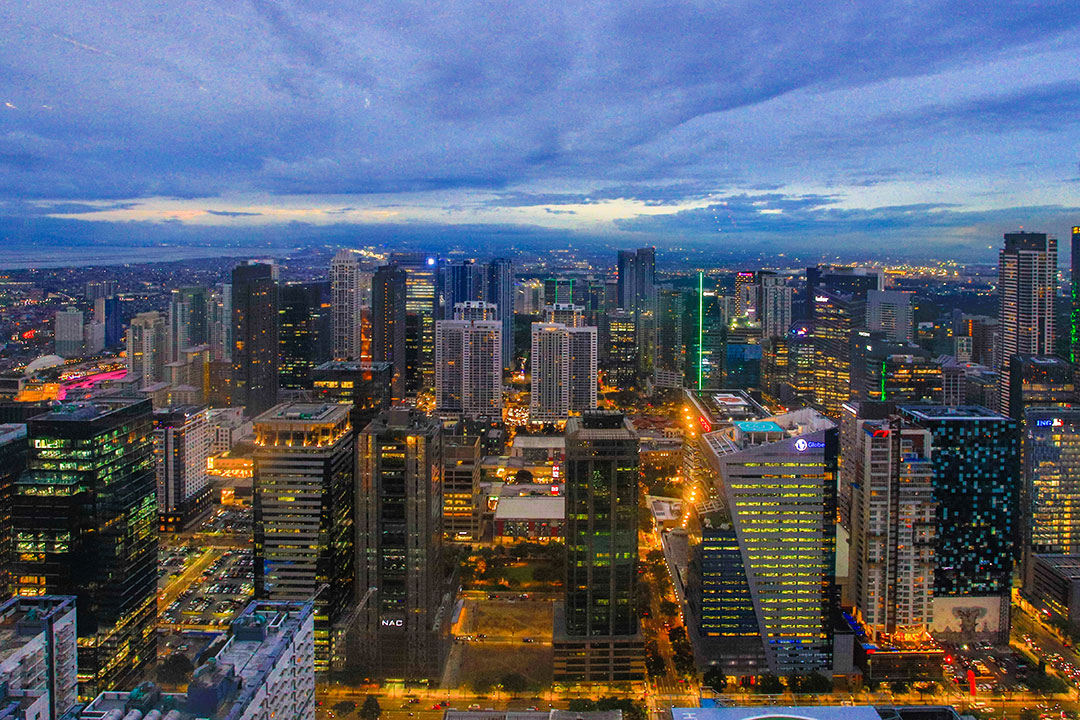By BusinessWorld,Cedtyclea
Copyright bworldonline

Vietnam has pulled off something remarkable. In just the first eight months of 2025, it attracted $15.4 billion in foreign direct investment (FDI) disbursements ŌĆö its highest yearly growth of 8.8% in five years. Over 80% of that went to manufacturing and processing, cementing VietnamŌĆÖs role in global supply chains.
In contrast, the Philippines has witnessed declining FDI inflows. For example, in 2023, FDI dropped to $8.925 billion from $9.5 billion in 2022. It grew by 0.1% to $8.93 billion in 2024. Net inflows for the first half of 2025 also showed volatility and lower amounts.
This gap is striking because, on paper, Vietnam carries a significant risk: since mid-2023, it has been on the Financial Action Task ForceŌĆÖs (FATF) gray list for deficiencies in anti-money laundering and counter-terrorist financing regimes. Yet Vietnam continues to pull ahead.
ŌĆ£ItŌĆÖs the fundamentals, not just the label.ŌĆØ
Gray-listing is supposed to send red flags. It can raise compliance costs, trigger reputational concerns and complicate banking channels. But as one fund manager puts it: ŌĆ£Investors donŌĆÖt park billions because a country has a clean compliance badge. They invest where supply chains run smoothly, costs are competitive, and governments deliver on infrastructure.ŌĆØ
Vietnam scores high on those fundamentals.
1. Scale, focus and commitment of investment
Vietnam is not just licensing new projects; it is seeing large disbursements and consistent investment into sectors with heavy capital and supply chain significance, especially manufacturing. These sectors are more sensitive to stability of infrastructure, predictability of costs and export-oriented trade access.
2. Relative costs: power, materials, labor
A big component is input costs. Vietnam offers substantially lower electricity/power costs (commercial/industrial rates) and lower material costs (textiles, plastics, electronic components) compared with the Philippines.
3. Infrastructure, logistics and trade integration
Vietnam has steadily built transportation, port, industrial park capacity and streamlined regulatory environments, which reduce lead times and uncertainty and attract firms whose global supply chain exposure is high. Furthermore, Vietnam participates in mega-trade deals like the CPTPP and RCEP.
4. Recent reforms vs legacy bottlenecks
Although VietnamŌĆÖs gray listing implies regulatory risk, investors appear to believe in the Vietnamese governmentŌĆÖs willingness (and capacity) to address deficiencies.
The Philippines has recognized many of its own shortcomings and is pushing reforms.
ŌĆó Tax incentives and corporate income tax reforms: A law signed in late 2024 (Corporate Recovery and Tax Incentives for Enterprises to Maximize Opportunities for Reinvigorating the Economy Act) reduced the corporate income tax rate for registered business enterprises from 25% to 20%, provided greater deductions including power expense deductions, and extended fiscal incentives for strategic investments.
ŌĆó Land lease reforms: Foreign investors can now lease private land for up to 99 years (versus earlier shorter lease terms), stabilizing a major concern for long-lived, capital-intensive investments.
ŌĆó GovernmentŌĆÖs acknowledgment of key hindrances: The reforms are directly aimed at addressing complaints from foreign investors: high power costs, foreign ownership restrictions, infrastructure deficits and bureaucratic uncertainty.
Nevertheless, the results lag: FDI has been shrinking in contrast to the growth in Vietnam. Partial monthly or quarterly gains in net inflows (e.g., in May 2025) are encouraging but small relative to whatŌĆÖs needed.
As one regional economist put it: ŌĆ£Vietnam has turned risk into a manageable cost. The Philippines turns opportunity into a waiting game.ŌĆØ
WHAT MORE THE PHILIPPINES MUST DO
To meaningfully catch up, the Philippines must go beyond incremental reform. Here are critical levers:
ŌĆó Lower input costs substantially: power pricing must become more competitive. Reducing cost burdens for utilities, land and materials will pay off in attracting manufacturing and export-oriented investment.
ŌĆó Speed and predictability of regulation: simplify permitting, cut red tape, establish ŌĆ£one-stop shopŌĆØ systems and ensure consistent enforcement of rules. Investors hate surprises and delays.
ŌĆó Upgrading infrastructure and logistics: ports, roads, industrial zones, power grids ŌĆö these must be reliable and scalable. VietnamŌĆÖs investment in these has paid dividends.
ŌĆó Trade and supply chain integration: join regional trade agreements, ensure trade facilitation, reduce tariffs and nontariff barriers and improve export competitiveness.
ŌĆó Addressing perceptions and risk: even VietnamŌĆÖs gray-listing hasnŌĆÖt destroyed confidence because its government is visibly responsive. The Philippines must similarly show commitment to rule of law, transparency, anti-corruption and stable ownership/lease rules.
ITŌĆÖS NOT TOO LATE
VietnamŌĆÖs case proves that fundamentals matter more than reputational blemishes. Investors reward a government that delivers. Vietnam has delivered, and investors believe in its trajectory.
If the Philippines is serious about vastly increasing FDI, especially in manufacturing and exports, it must push harder on cost competitiveness and infrastructure, make regulation fast and predictable and send strong signals of policy stability.
Vietnam has shown that clear structural and policy strengths can overwhelm reputational/regulatory risk. The Philippines has demographic advantages, a large English-speaking workforce and increasing domestic demand. But unless it moves more aggressively and visibly, the capital will keep flowing to Vietnam ŌĆö not because investors ignore regulatory risk, but because they see, in Vietnam, the return per unit of risk as more favorable.
The Philippines can still reverse current trends with accelerated reforms. But the window is narrow: global competition among ASEAN countries is intensifying, and investors have many options. If the country is serious about progress, it must confront head-on, with unwavering resolve, the entrenched corruption that plagues infrastructure projects.
The choice is stark: match VietnamŌĆÖs execution ŌĆö or continue to watch the capital bypass Manila for Hanoi.
The views expressed here are his own and do not necessarily reflect the opinion of his office or FINEX.
Benel Dela Paz Lagua was previously EVP and chief development officer at the Development Bank of the Philippines. He is an active FINEX member and an advocate of risk-based lending for SMEs. Today, he is independent director in progressive banks and in some NGOs.



